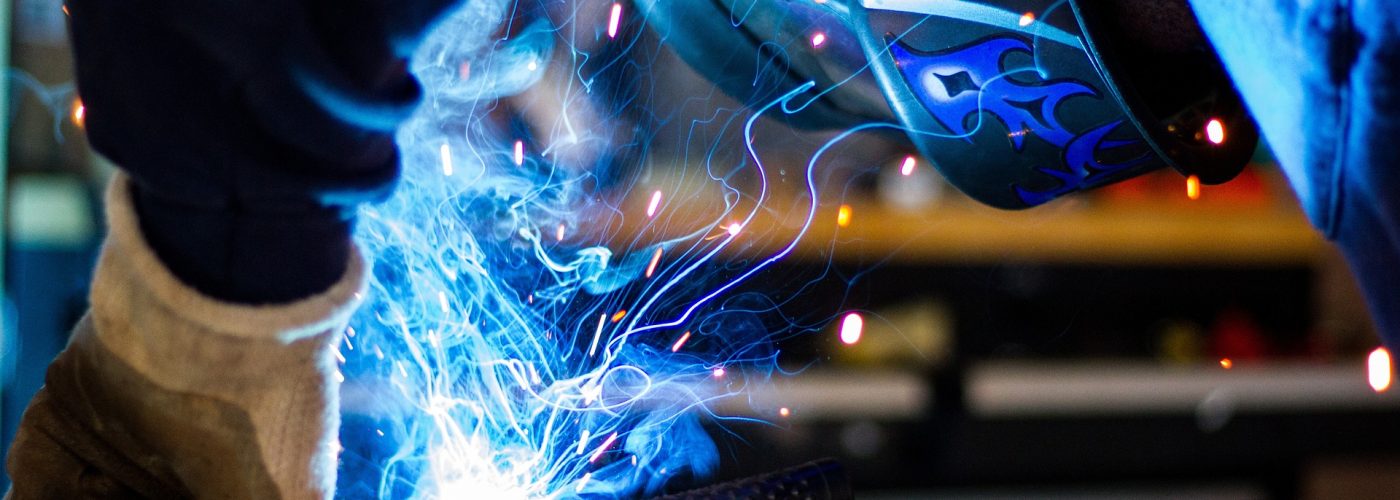Expanded metal is obtained by cutting and simultaneously ironing the sheet metal. This process creates diamond-shaped openings in the material that allow the free flow of air, fluids or light.
This type of metal is produced from a sheet of any solid metal, including stainless steel, aluminum, galvanized steel, titanium or copper.
Expanded Metal, a versatile product
Expanded metal includes diamond shaped openings, which distinguish it as a versatile and commonly used product in areas such as platforms, walkways, conveyor belts and railway fences, and others. It can also be retrofitted to existing gratings, floors or diamond sheets and in many areas is a cost-effective solution. Here are four common types of expanded metal.
The most common forms of use of expanded metal for Industry are circles, squares and diamonds, of which diamonds are the most requested forms because of the form’s ability to absorb energy and resist mechanical deformation after installation. Other aspects of construction are represented by the dimensions and angles of the shapes, which also influence the way in which the metal absorbs energy and the point where the energy spreads throughout the expanded metal. Wire cloth can be used in many specific applications and is available in many fabric and material versions. This type of product is an element that allows the use of different types of protection, support and custom applications. The metallic fabric is braided together with a manufacturing process specialized in industrial production factories.
Expanded Metal as durable material for construction
Expanded metal is commonly used for the construction of fences, walkways and grids, as it is a very robust and durable material. Wire mesh, on the other hand, is lighter and also less expensive. Thanks to the small openings of the material, it is possible to pass through air, water and light, while maintaining a mechanical barrier to larger objects. A further point in favour of using expanded metal, unlike simple metal, is that the exposed edges of expanded metal offer greater adhesion, which has led to its use in walkways or drainage covers. Metal mesh screen is a particularly ductile material for use in many applications. Flexible, individual, resistant and eco-sustainable, the decorative wire mesh is available in different models.
Expanded metal in the Construction Industry
Expanded metal is used by the construction industry as metal strips to support elements such as plaster, stucco or adobe in walls and other structures.
Expanded Metal in Modern Architecture
In the field of modern architecture, expanded metal or steel mesh are an exposed or screen material that can be transformed into simple or complex decorative forms. Photographic images can be printed on the surface, creating textures or large graphic images that allow light to filter through the external surface of a building.
Wire Mesh for Industry
Wire mesh is widespread in the industrial, transport, agricultural, horticultural and food sectors. The characteristic that makes wire mesh such a versatile product is that it can be produced in an unlimited number of specifications. Depending on the manufacturing possibilities, there are almost countless possibilities for combinations of aperture sizes and wire diameters that can be achieved, depending on whether we are talking about woven or welded construction.
Wire Mesh in Modern Architecture
Wire mesh has significant benefits for conventional architectural materials leading to greater freedom of modern and flexible design. Its very nature allows it to be used in a very wide range of architectural projects, starting from the interior and ending with the exterior and external applications. You can create impressive visual effects while being strong, durable and flexible. Whether it is a single part or a combination of parts, the wire mash can be tailored to any architectural project or construction.





